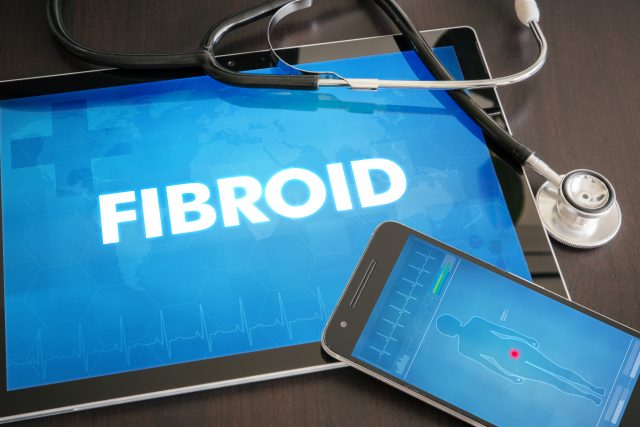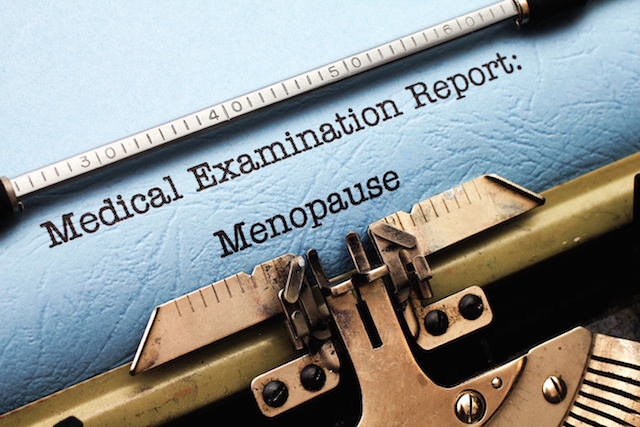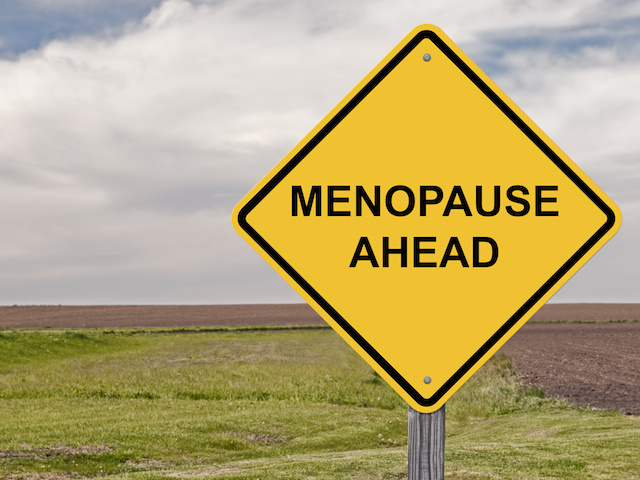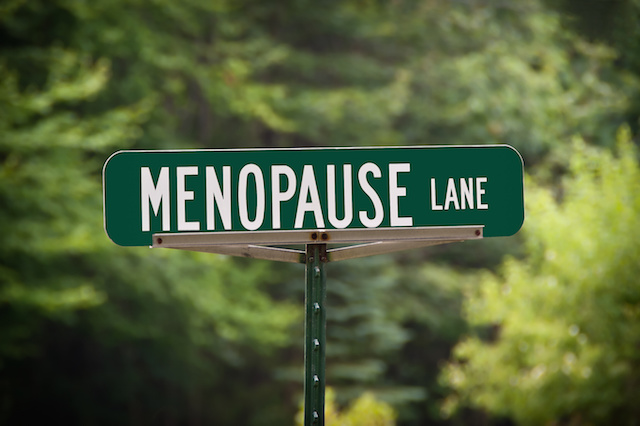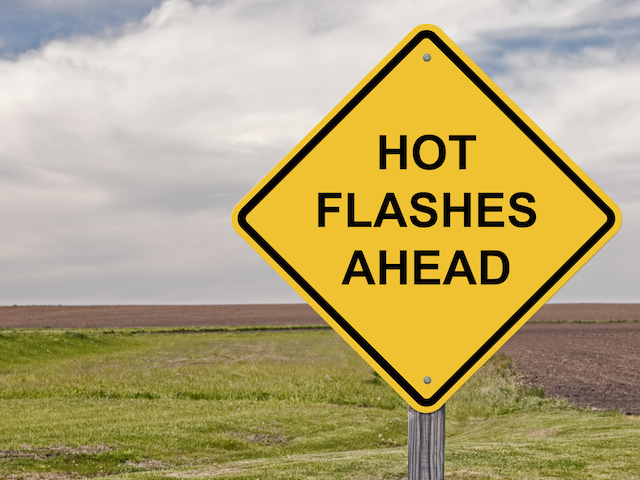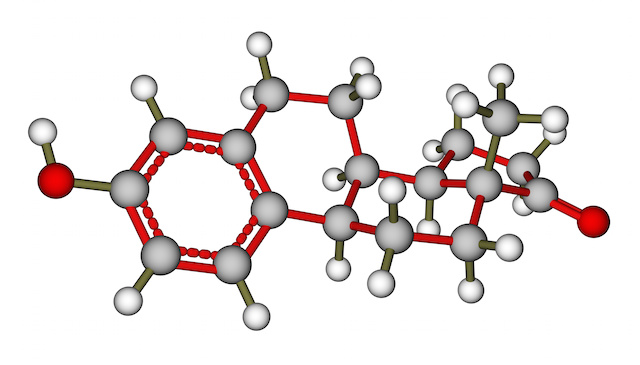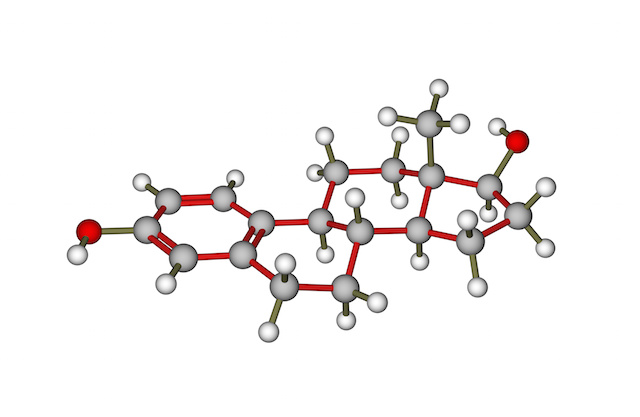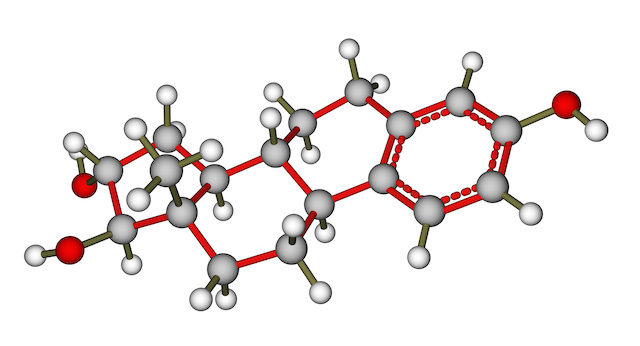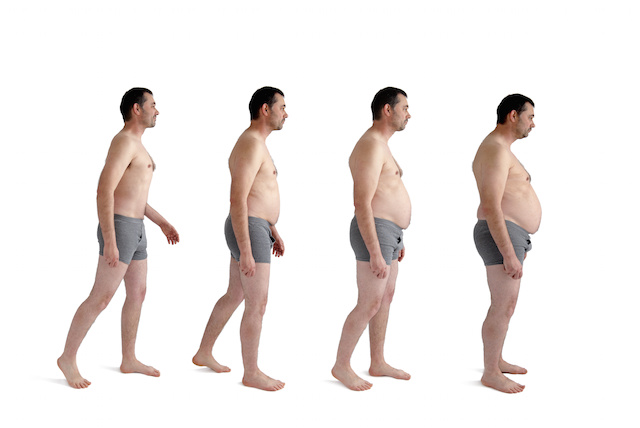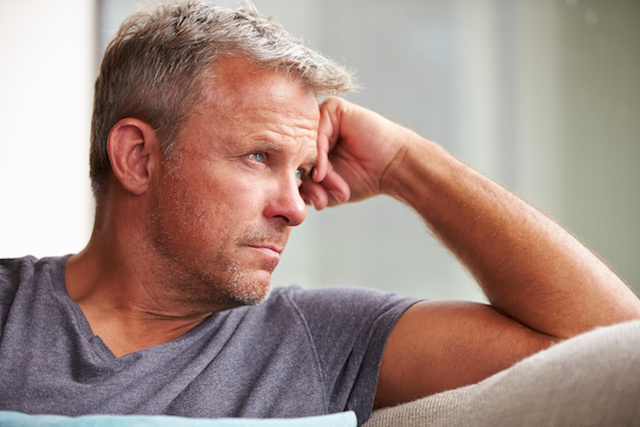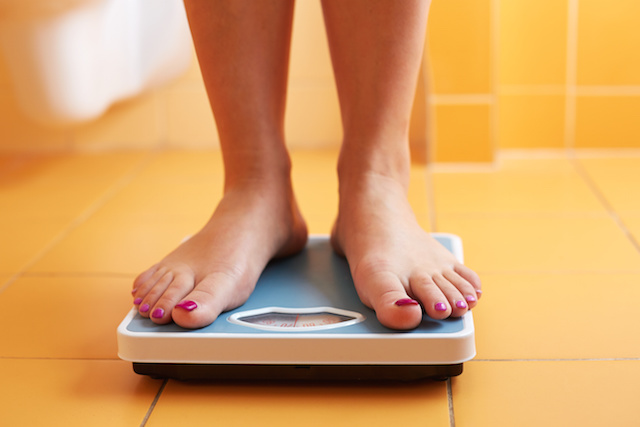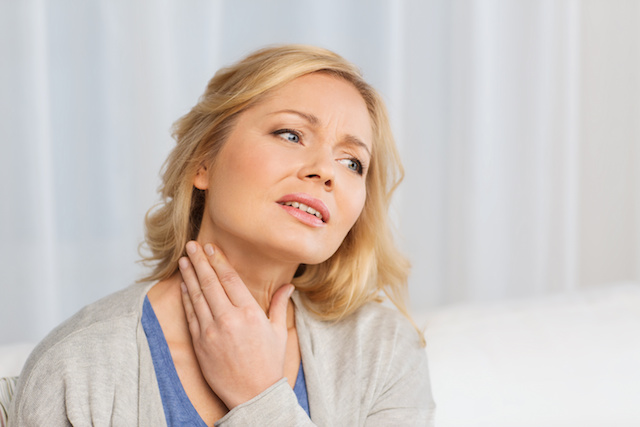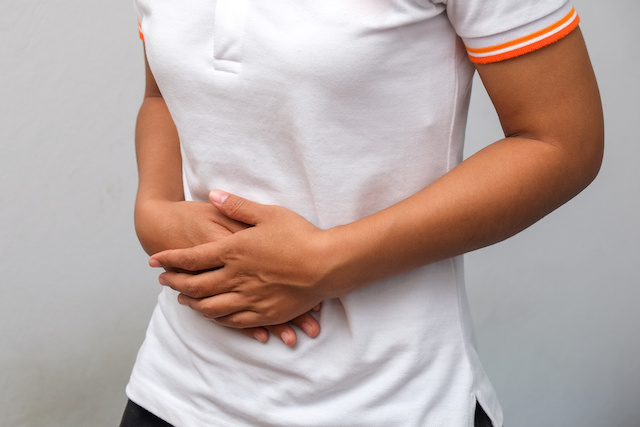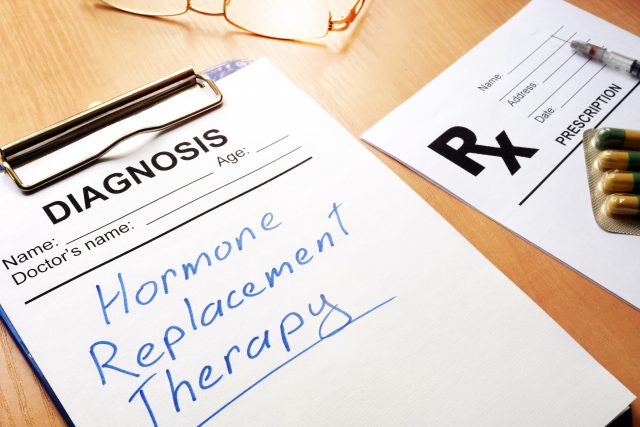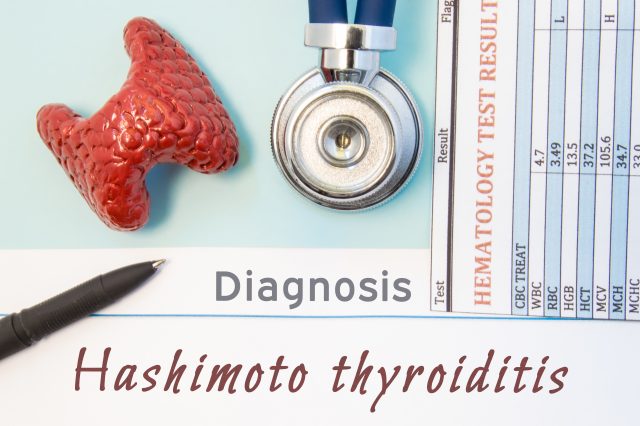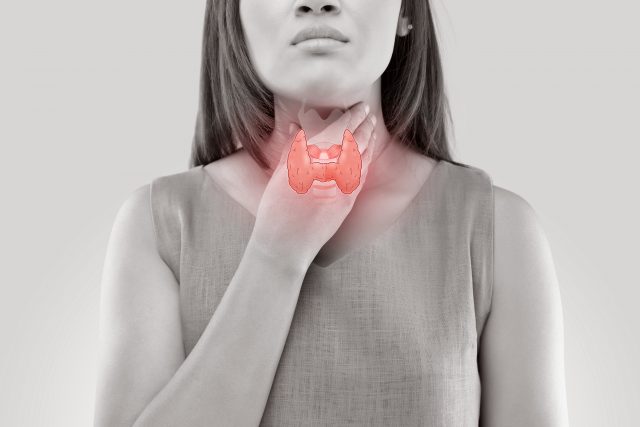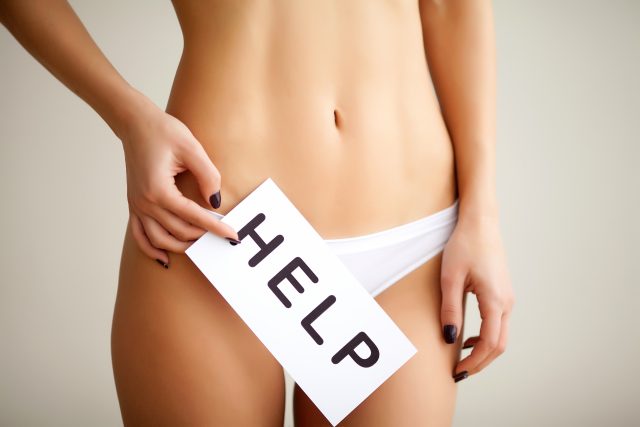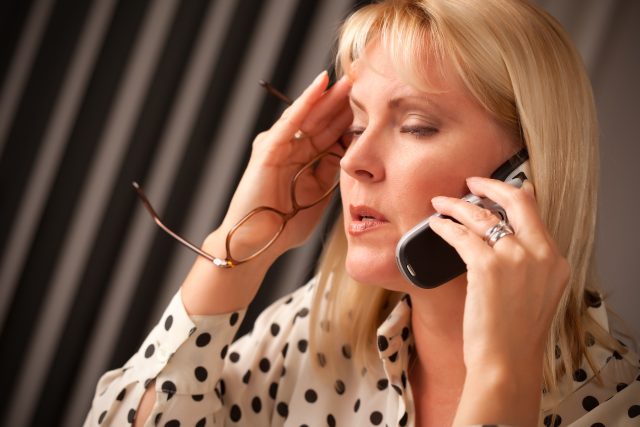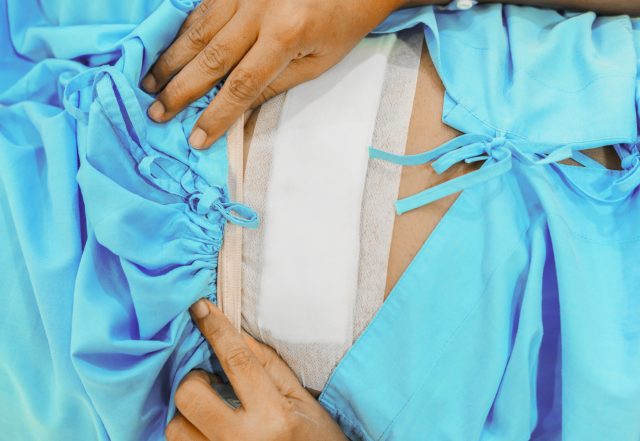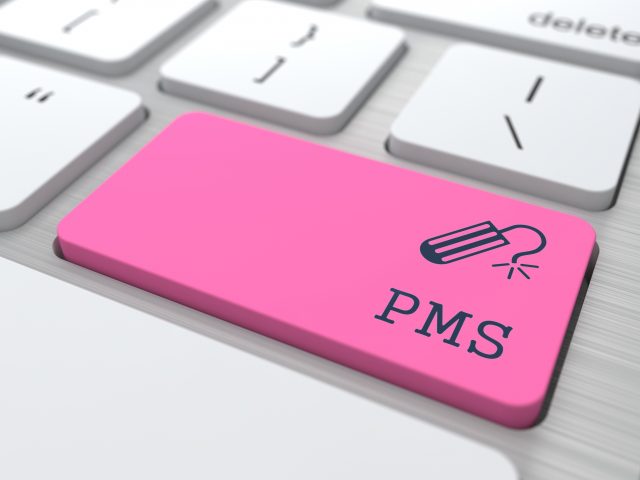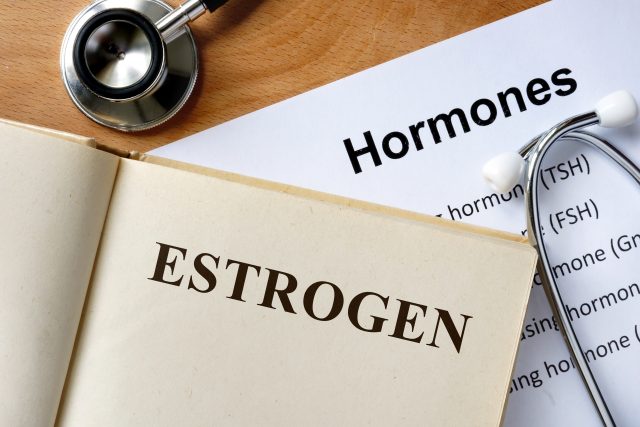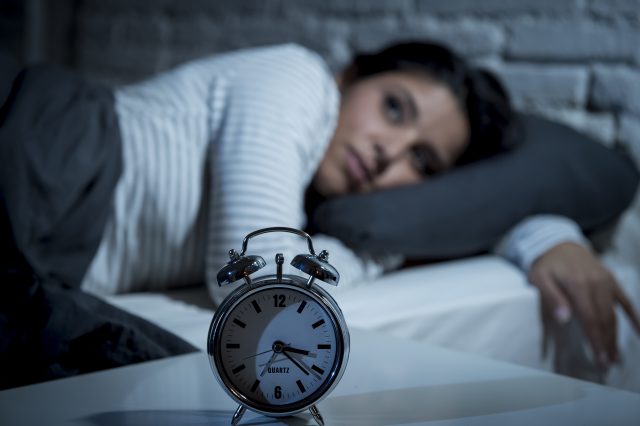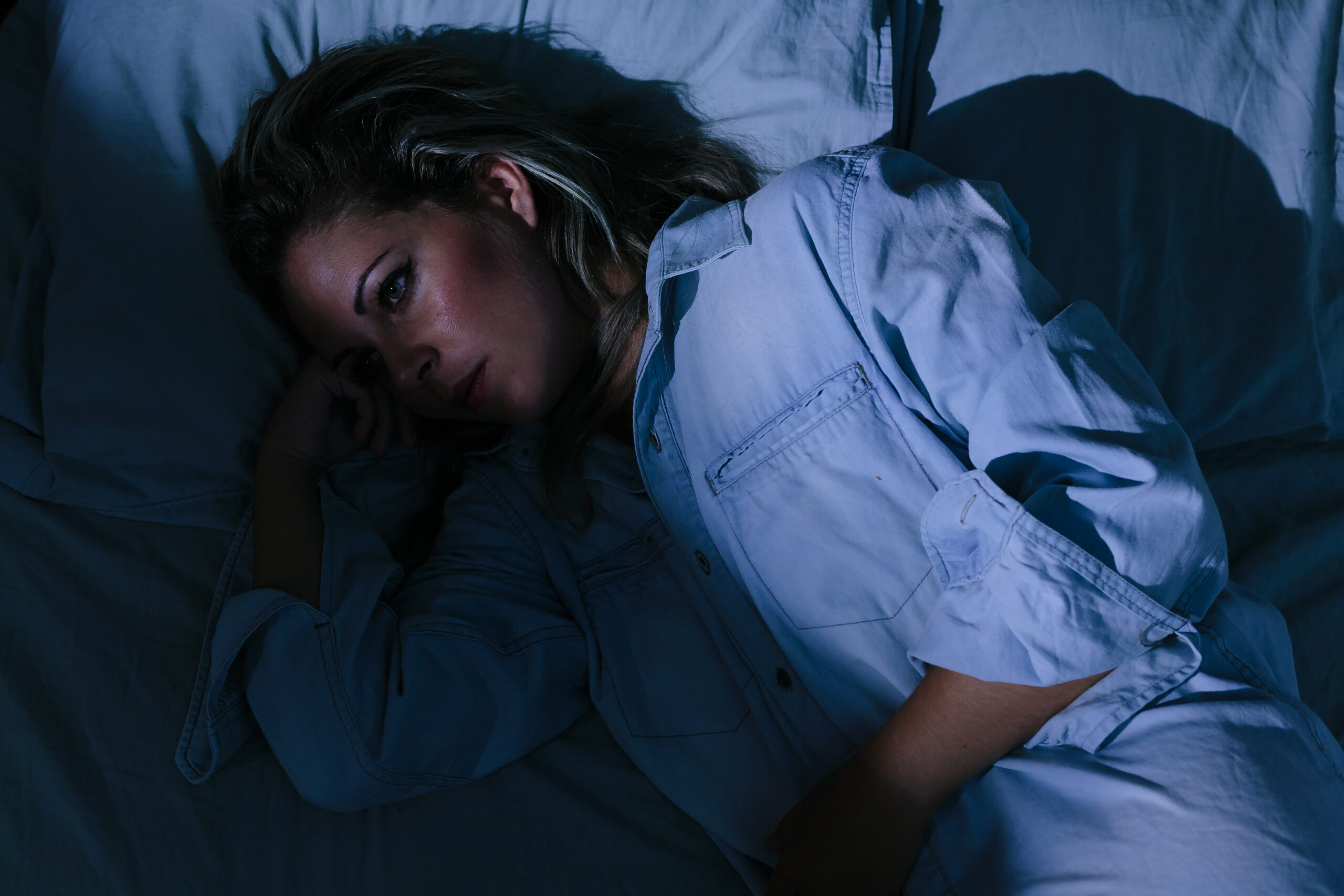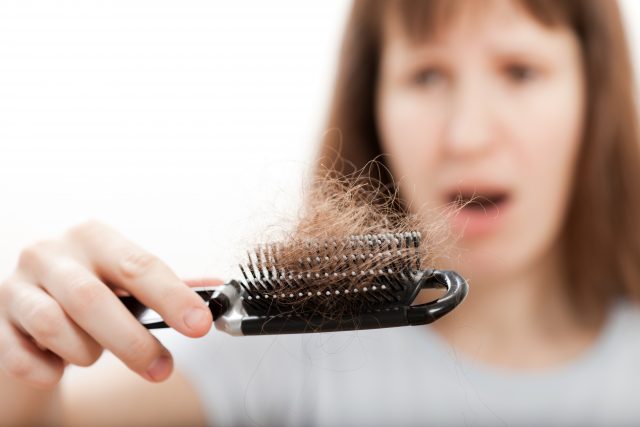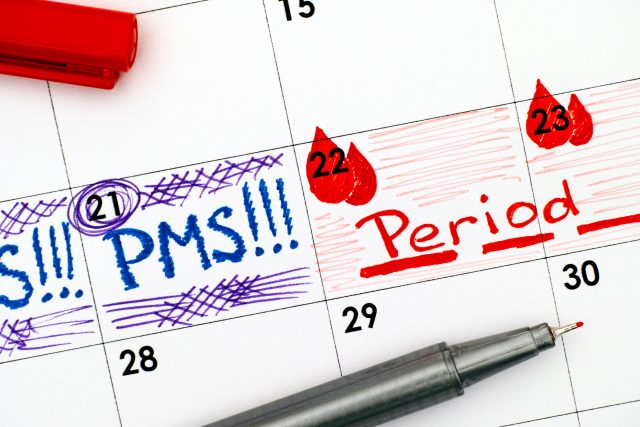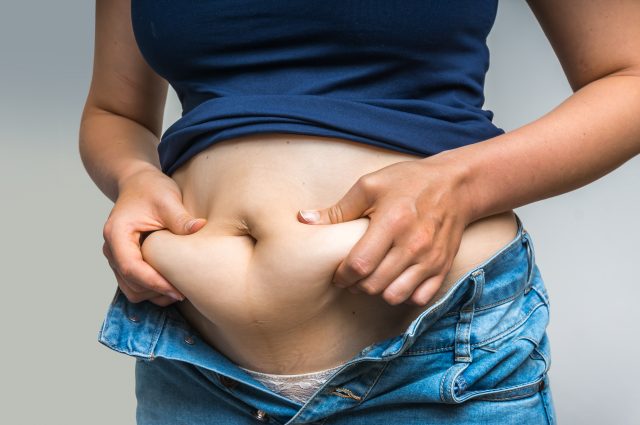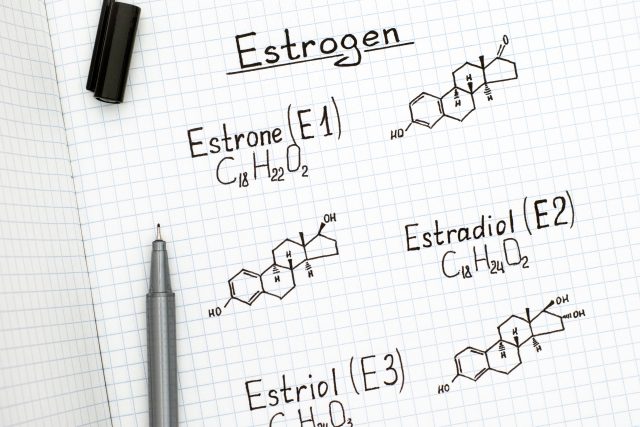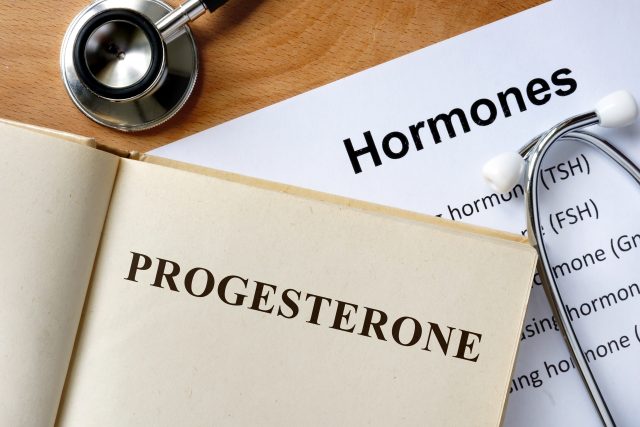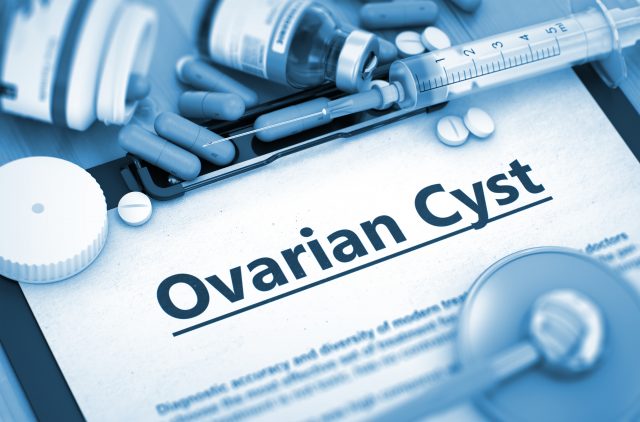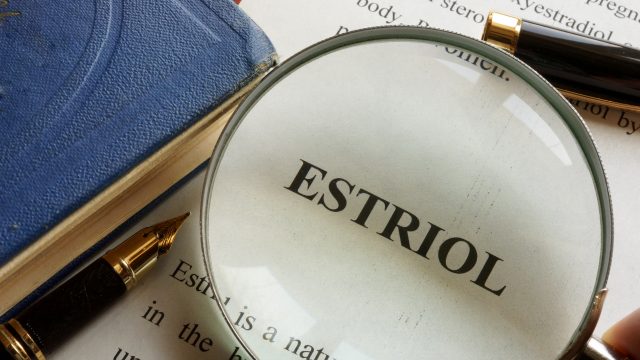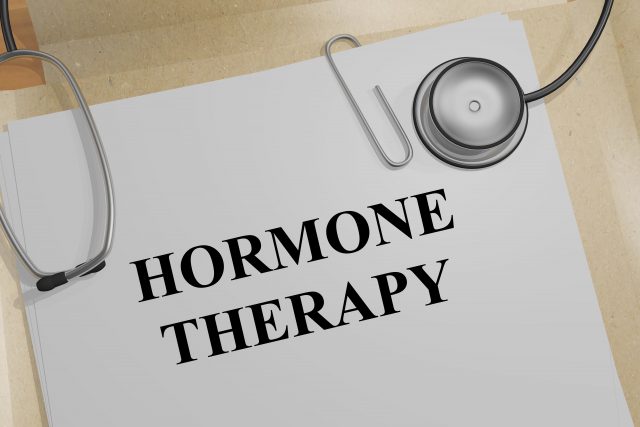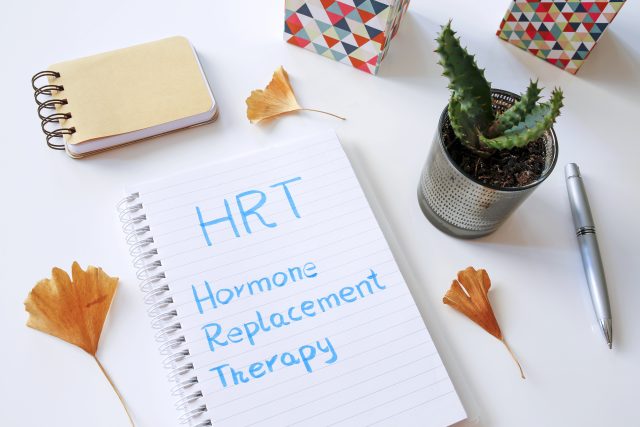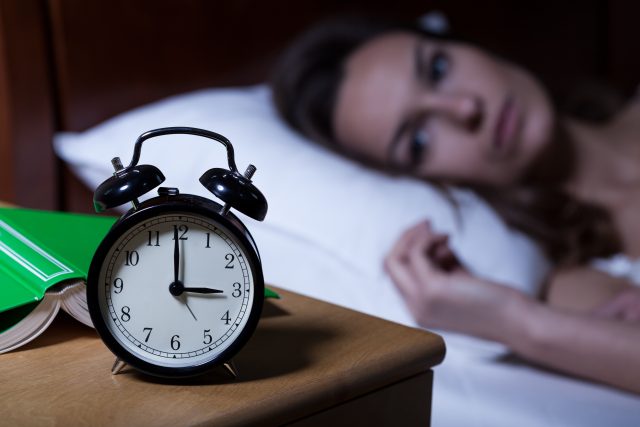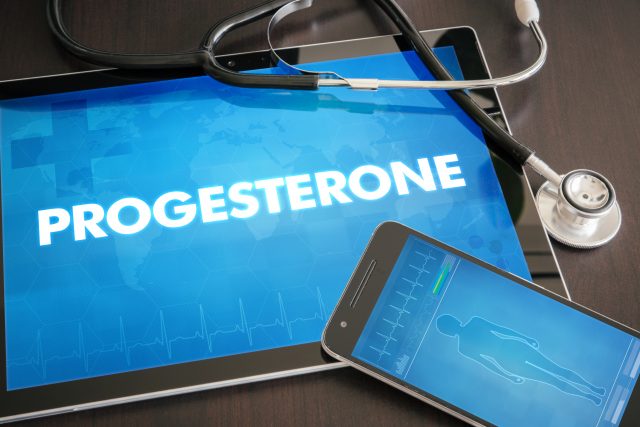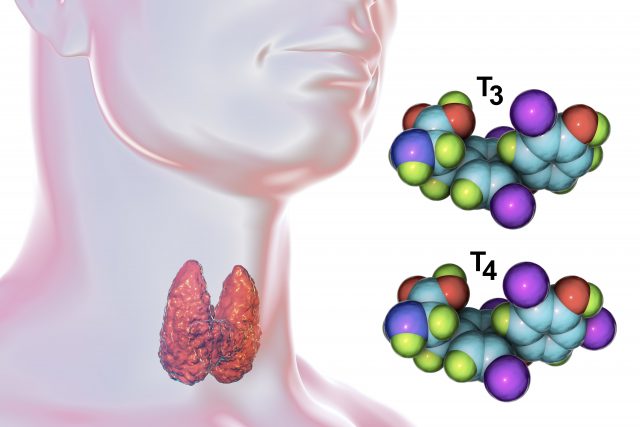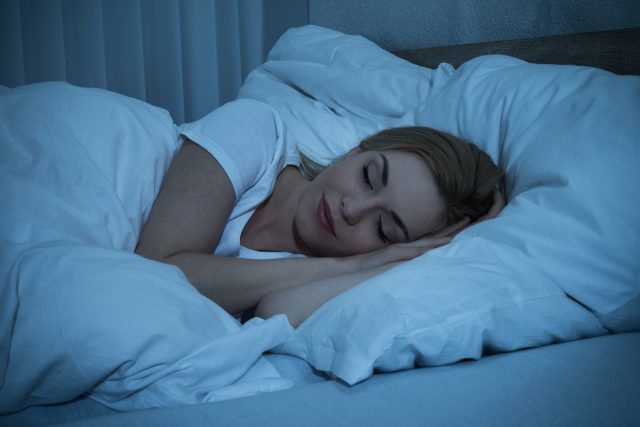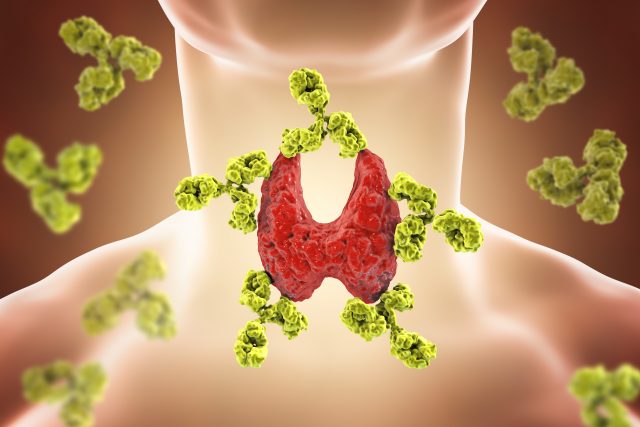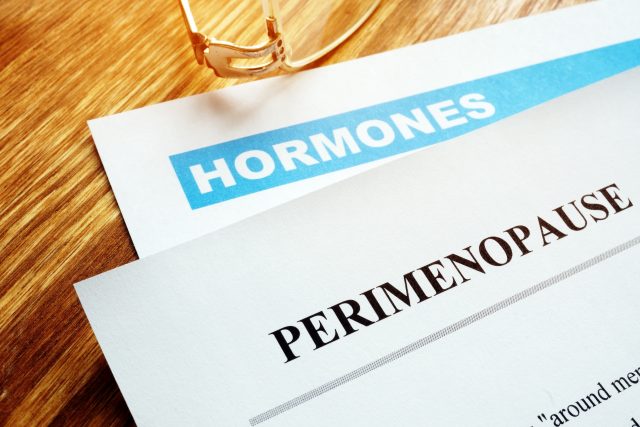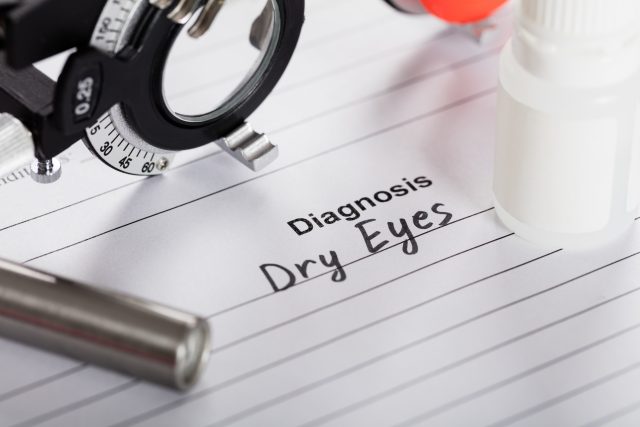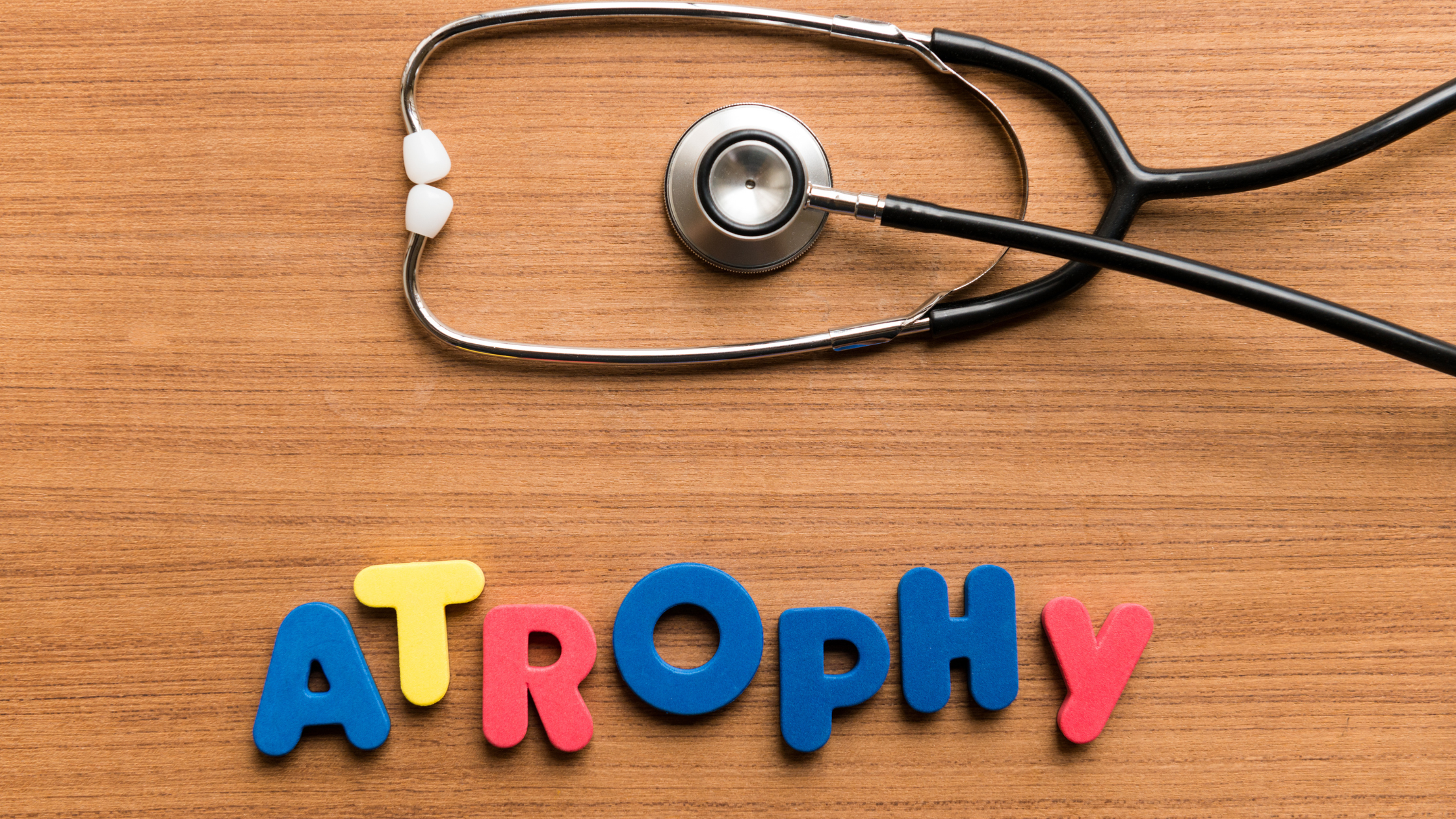What Causes Uterine Fibroids to Grow?
If you google ‘fibroids,’ what you will see this vague description:
“Noncancerous growths in the uterus that can develop during a woman’s childbearing years.” Any woman dealing with fibroids knows this description does not remotely describe what it is like to have fibroids.
Search online for fibroids, and you will also see loads of information about what the symptoms of fibroids are. But very little about treatment for fibroids. And very little information about what causes fibroids to form. Any woman that has fibroids knows it can be incredibly frustrating to deal with. Unfortunately, many doctors and clinicians do not focus on fibroids. Why? Because fibroids are common in many females.
Half of all women that have reached the menopausal age (51 years) have fibroids. The symptoms can range from mild to severe and are not life-threatening. Many women leave their Gynecologists office disappointed because they did not receive help with their fibroid symptoms. Again, there are few treatments for fibroids. Those being hormone therapy or surgery.
What Causes Uterine Fibroids?
- Genetics: It is common to see fibroids run in families.
- Hormonal Imbalance: While there is no exact cause of fibroids. We do know that it is driven by hormones. You see fibroids in women that are menstruating and making their own hormones from their ovaries. And you see the fibroids shrink when a woman goes through menopause. You also see fibroids grow back in postmenopausal women taking high doses of hormone replacement therapy. As mentioned, fibroids are related to hormones. Particularly estrogen. Now estrogen is a beautiful hormone and has lots of wonderful functions. But one function that is not particularly useful is, estrogen likes to “grow things.” Estrogen grows breast tissue. Excess estrogen can cause weight gain. But in this case, estrogen will grow fibroids. As I said, estrogen is a beautiful hormone. Estrogen is great for bone density, heart, brain, mood, skin, hair, sex drive, the list could go on and on. If estrogen is not “balanced”, it can run rogue. Unbalanced estrogen growing fibroids can mean too much estrogen or not enough progesterone.
- Low progesterone: Progesterone insufficiency is when a woman is making less progesterone compared to her estrogen. Her estrogen levels could be perfect. But if she is not producing enough progesterone that can exacerbate fibroid symptoms or grow them.
- High estrogen/Estrogen dominance: If a woman is producing high levels of estrogen that will grow or create fibroids. There is not a lot of conventional testing to find out if a woman has estrogen dominance or progesterone insufficiency. In my practice to find out if a woman has estrogen dominance or progesterone insufficiency I have them take a blood test. I have them get their blood drawn on day 18-23 (ideally day 21) of their cycle testing for estradiol and progesterone levels.
- Obesity (Insulin Resistance): Did you know that our adipose (fat) tissue is an endocrine gland? Yes, fat cells make hormones. There are three forms of estrogen our bodies produce. Those are estrone, estradiol, and estriol. These estrogens are mainly made from our ovaries. But in the case of fibroids, fat tissue makes estrone. If we have a lot of fat cells, then those cells will produce higher levels of estrone. These increased levels of estrone can contribute to growing fibroids.
- Inflammatory foods: Eating inflammatory foods will actually grow fibroids or exacerbate the symptoms. What are inflammatory foods? The most inflammatory food is SUGAR or anything that converts to sugar can lead to inflammation. Below is a quick list of inflammatory foods:
- Refined grains and processed carbohydrates (bread, pasta, cookies, bagels, cereals etc)
- Alcohol
- Artificial sweetener
- Dairy
- Conventionally fed and processed meats
- Stress: Stress to some extent can also be a problem for fibroids. Stress causes our cortisol to rise. When cortisol is elevated, that mobilizes glucose from our liver and large muscles. That rise in glucose causes insulin to rise. Higher levels of cortisol, insulin, and glucose can be very inflammatory and lead to weight gain. This is another recipe to grow or increase the symptoms of fibroids.
- Hormone Replacement in Menopausal Women: The standard descriptions on google say that uterine fibroids occur in women of childbearing age. Yes, it is true that menstruating women can get fibroids. That is because of the relation to hormones. Menopausal women that are getting hormone replacement can also grow fibroids.
I had one patient, Barb that came to me for hormone replacement. Barb had been on hormone replacement from another doctor, but she kept bleeding. It is alarming when a postmenopausal woman is bleeding. So her doctor took her off everything and discharged her as a patient. Bioidentical hormone replacement (BHRT) can be beneficial for menopausal symptoms, anti-aging, bone density and so much more. What is of key importance here, is the dose. If there is too much estrogen given for the progesterone dose, that creates estrogen dominance.
That imbalance of high estrogen to low progesterone can grow a fibroid or cause the lining of the uterus to thicken. Thereby, bleeding from the uterus. Barb was on an estradiol patch, and a progesterone capsule Estradiol is the strongest form of estrogen. An estradiol patch can be quite strong itself. The dose she was on causing thickening of her uterine lining and causes a pre-existing dormant fibroid to grow. Even after all the bleeding, symptoms and a biopsy to make sure she did not have uterine cancer, Barb still wanted BHRT. All we needed to do for Barb was a dose adjustment to reduce the estrogen and increase the progesterone.
What are Uterine Fibroids?
Fibroids are benign non-cancerous growths in the uterus. They are technically considered a non-cancerous tumor. Which scares the heck out of us to hear, “I have a tumor in my uterus?” Repeat, fibroids are not cancer. But they are growths that can occur in the uterus.
Types of fibroids:
- Subserosal: This is the most common type of fibroid is inside the uterus. Subserosal fibroids are attached to the surface lining of the uterus.
- Submucosal: This type of fibroid is found in the lining of the uterus, but they are not in the muscular wall of the uterus.
- Intramural: This type of fibroid is less common and is found inside the muscle wall of the uterus. They can be the most painful of the types of fibroids.
Symptoms of Uterine Fibroids:
Symptoms of uterine fibroids can extend from non-existent to the extreme. Some women do not even know they have a fibroid. And other women can have such severe symptoms that they cannot even work.
- Painful periods: One of the most common symptoms of uterine fibroids is painful periods. The uterus is a muscle. During a 28 day menstrual cycle, the lining of the uterus thickens in hopes of implantation. If there is no pregnancy, then a woman has a period. The uterus needs to contract to squeeze the lining out of the body in the form of a period. The uterus does not know there is a fibroid inside. So the uterus will contract and spasm forcefully to try and expel the fibroid out. Only the fibroid will never come out. This creates terribly painful cramping during a period. Fibroids that are inside the muscular wall of the uterus (intramural fibroids) are the most painful of fibroids.
- Heavy periods: A very close second common symptom of fibroids is heavy periods. Some women do have heavy periods for reasons other than fibroid(s). But commonly fibroids can cause heavy periods. The fibroid(s) will cause the inside lining of the uterus to become quite thick. This thick lining is what is shed during each period causing a lot of bleeding. This thick lining can also cause a lot of clots during a period. Some women have such heavy periods that they become anemic. Anemia is low levels of blood iron. Iron has an affinity for oxygen. Blood iron brings oxygen to every cell in our body. Low iron levels can cause fatigue, hair loss, migraines, fainting and a whole slew of other symptoms. Some women lose so much blood iron with fibroids that they need to get iron transfusions.
- Spotting Before Your Period: As mentioned above, the uterus does not know there is a fibroid. During the month the uterus can contract, which causes cramping. It is doing this trying to rid the uterus of the fibroid. This cramping through the month is not only painful but will cause spotting.
- Spotting After Sex: This symptom is really scary for women and their partners. After having a nice time with your partner, it is quite shocking to see blood. During sex, the uterus will naturally contract. And that contraction will stimulate lining around the fibroid to be expelled from the uterus.
- Painful Sex: If the uterus is contracting during sex, that cramping can be painful if there is a fibroid. This painful cramping can be during sex and even afterward.
- Bloating: Many women with fibroids complain about bloating. Depending on where the fibroids are located, they can push on the intestines. This can cause bloating and gas.
- Painful Bowels and Urination: As mentioned above, fibroids can press on the intestines. This can cause painful bowels. And if the fibroids are pressing on the bladder, it can cause painful urination.
- Increase risk of miscarriage: Having a fibroid or many taking up space in the uterus can prevent implantation of a fertilized egg. And can also cause an increased risk of miscarriage during a pregnancy term. Many women have perfectly healthy pregnancies with fibroids. But it is important to monitor the pregnancy a bit more closely if there are fibroids.
I remember a pregnant patient of mine a few years ago, ‘Helen.’ She was in her mid 40’s and was ready for a family after being career driven during her 20’s and 30’s. Helen was terrified because she had a reasonably large fibroid and she was pregnant at 45 years old. I assured her it would be fine. She needed a little more close monitoring, extra ultrasounds to monitor baby and the fibroid. I would laugh with Helen and tell her the fibroid was like a little pillow for baby to lie on. What a spoiled baby already! Fast forward to now, Helen has a healthy, brilliant, adorable three-year-old girl.
The mental symptoms:
The mental symptoms of fibroids can sometimes be the worst. Women with fibroids will worry about heavy periods. They plan their vacations around their periods. They are worried about having sex with a new partner because of the bleeding. Women feel guilty and concerned about taking off work or going home early because of cramping. Period cramps from fibroids are excruciating and can be similar to kidney stone pain. Some women say it is worse than bearing children. Tampons and pads are scattered all over the house, car, purses, bags, etc. Forget wearing white, ever.
You can have one fibroid, many fibroids or none. Fibroids come in many different sizes. Whether you have one or many fibroids, the size or number does not correspond to the severity of symptoms. Some women can have teeny tiny fibroids and be in constant cramping and bleeding. And many women are walking around living a happy life with no idea they have a large fibroid in their uterus.
Treatments for Uterine Fibroids:
There are many, and I hate to say it, “gimmicks” to shrink/rid yourself of fibroids. It is challenging to shrink fibroids. But there are ways to reduce the severity of the symptoms. I had one patient, ‘Sheryl’ that left my practice to look for alternatives for her fibroids and hormones. She went online and ordered some products that guaranteed to absolve fibroids.
She started bleeding. Sheryl is a post-menopausal female, meaning she should not be bleeding and needed to get this checked out. But online, it stated that if you bleed, that means the fibroids are leaving your body. She never stopped bleeding. She did come back to me to deal with the chronic bleeding. She ended up having endometrial cancer. I do not think the supplements and remedies she bought online gave her endometrial cancer. But she did not rush to check out the bleeding because she believed the fibroids were leaving her body.
If you are bleeding out of sync of your period, or you are postmenopausal and spotting/bleeding, have this checked right away. Ninety-nine percent of the time it is just a fibroid, polyp, endometriosis or hormone imbalance. But don’t assume it is a fibroid. I cannot stress the importance to have this checked out and make sure. Okay, I will get off my soapbox now. The goal of fibroid treatment is to reduce the symptoms and try to shrink them as much as possible.
Conventional Medical Treatment:
- Myomectomy: Surgery for fibroids is called a myomectomy. Many women with fibroids may want to become pregnant. So a myomectomy is what surgeons will suggest for women that are thinking of future pregnancies. The surgeon will go into the uterus and try to remove as many or as much of the fibroid(s) as possible. Because fibroids have their own blood supply, a myomectomy can be difficult and cause a lot of bleeding.
- Hysterectomy: Most commonly a surgeon will recommend a hysterectomy (removal of the uterus). A hysterectomy is easier and less likely for bleeding like a myomectomy. And often fibroids can grow back. A hysterectomy ensures there will never be fibroids again Remember, Gynecologists are surgeons. They are experts in surgery. Don’t ask your surgeon how to prevent fibroids or keep them from growing bigger.
Conventional Hormone Prescriptions:
- Gonadotropin-releasing hormone blockers: This includes Lupron or Synarel will block the production of estrogen and progesterone. By blocking the reproductive hormones, this will help to shrink the fibroids. These medications are usually used a few months before surgery. By shrinking the fibroids, makes it easier to remove them in a myomectomy.
- Birth Control: are used as well to blocks a woman’s own production of hormones. Birth control pills will not shrink the fibroids. But does help with symptoms such as heavy bleeding and painful cramping. Rarely some doctors prescribe danazol for fibroids. Danazol is an androgen that also reduces the production of estrogen. Danazol is mainly used for endometriosis, rarely fibroids. You do not want to use any of these medications long term. Also, women in their mid 40’s should not be taking birth control pills. Using drugs to block the production of hormones from the ovaries can create menopausal symptoms such as hot flashes and night sweats. As you can see, conventional treatment can range from being invasive to many side effects and can pose health risks.
Natural Treatments to Reduce Symptoms of Fibroids: (see disclaimer as we have to put it in here)
DIM and indole-3-carbinol: Diindolylmethane, also known as DIM is helpful in reducing harmful estrogen metabolites. I hope I don’t bore you to tears here, so I am going to try and keep it short and simple. The liver processes and detoxifies everything for us. Hormones, in particular, estrogen is metabolized by the liver and turned into three metabolites.
- 16 alpha OH Estrone: Not healthy, nor beneficial. Higher levels of this metabolite are associated with higher risk of breast, uterine, ovarian cancers. Higher levels of this metabolite can exacerbate fibroids and fibroid symptoms. We do not want high levels of 16 alpha OH-estrone in our systems.
- 4OH-estrone: The 4OH-estrone metabolite is not as “bad” as 16 alpha OH-estrone, but it is not beneficial either. You do not want a lot of 4OH-estrone around our systems either.
- 2OH-estrone: The 2-OH estrone is the more beneficial of the estrogen metabolites. Simply put, the goal is to have a higher ratio of 2-OH-estrone compared to 16 alpha OH estrone and 4-OH estrone. Because 16 alpha OH-estrone is the worst of the estrogen metabolites.
DIM, which is derived from indole-3-carbinol. Indole-3-carbinol comes from cruciferous vegetables helps to decrease the “bad” estrogen metabolites (2OH-estrone and 4OH-estrone). In doing so, it helps reduce the risk of breast/uterine/ovarian cancer. Plus it can reduce fibroid symptoms. DIM/indole-3-carbinol is a supplement, not a prescription.
Important: Not all DIM/indole-3-carbinol supplements are the same. You need a pretty high dose of DIM to be effective. And you want a supplement that contains both DIM and indole-3-carbinol. I like EstroDim by Ortho Molecular Products (one capsule, twice a day–again refer to disclaimer…). It is a physician only product, so you will not find it at your local health food store. But I have found it is helpful for not only fibroids but also for estrogen dominance symptoms. Here is a link on my website if you are interested in purchasing EstroDim. Use the free shipping code: FIBROIDS
Lifestyle management:
Changing your diet might not sound exciting. But trust me, it works for reducing your fibroid symptoms. As mentioned above, fibroids are exacerbated by inflammatory foods and fat cells producing estrone. The key to the dietary change is to reduced cortisol and insulin and balance glucose. Do not intentionally restrict calories. Your “traditional” diets and caloric restriction will backfire and make things worse. We have come up with a program will help with fat loss, reduce inflammation and helps energy. We do this by combining the ketogenic diet, carbohydrate cycling, and intermittent fasting. We call our program: The Keto Carb Cycling Program (KCCP). The best part is it is FREE. We originally wrote this for our patients as a guide to help them lose weight and reduce inflammation. But it helped them so much, that we want to share it with everyone. Click the link to download the KCCP.
I know I covered a lot in this post about uterine fibroids. If you are experiencing uterine fibroids, I hope this information can help you. If you know someone that is dealing with fibroids, please feel free to share this information with them. If you have any questions, please leave a comment below or send us an email at [email protected].
